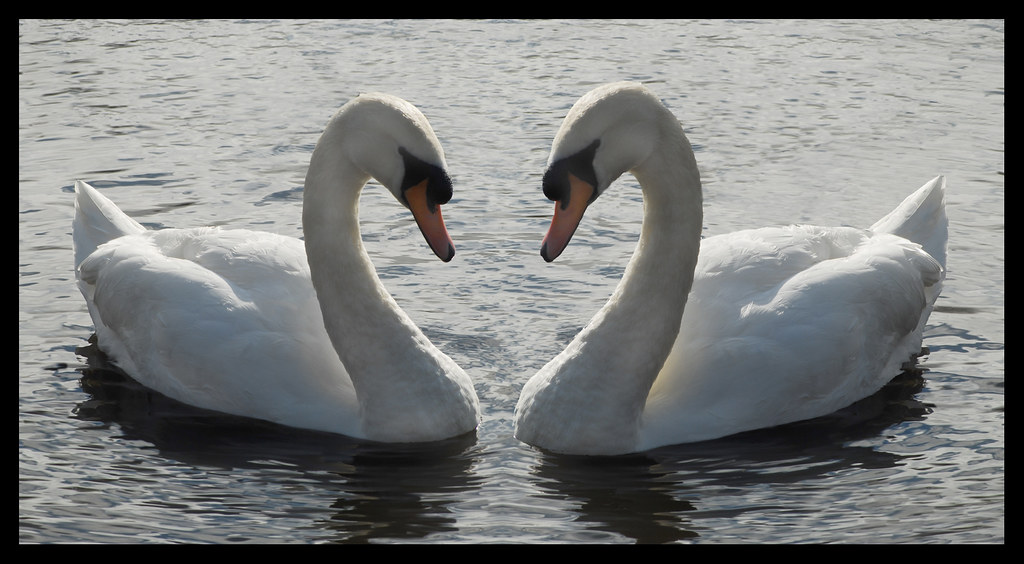Symmetrical images are deeply attractive to our eyes, they bring us balance, peace and well-being. But they have a fairly common problem. They can end up being boring, banal and common. That is to say, the majority pass without shame or glory in front of our retinas, they seem pretty to us, perhaps well composed, but little else. This is almost always because we get carried away by the impression that a certain symmetry causes us and we forget that images are made up of many other elements that we must use to form rich and interesting images. Do you want to see some ideas to photograph symmetry without killing someone out of boredom? ?
WHAT IS SYMMETRY?
Although probably when you hear symmetry, we will both have the same thought of what it is, the truth is that there are many types of symmetries depending on the field in which we work (mathematics, physics, drawing, geometry, etc.). As far as we are concerned, we could define it in a similar way to the RAE:
Exact correspondence in shape, size and position of the parts of a whole in relation to a center, an axis or a plane.
That is, with respect to an axis or imaginary line, distribute the different elements on both sides of it, and identically.
FIND A CENTER OF INTEREST
This is THE key point of any photograph. The photographs must always be justified, thought out, they must try to explain something, and this is achieved through what we know as the center of interest , which is nothing more than what we highlight in our image as the protagonist of the story we have chosen. Without a center of interest, the gaze wanders through the image without direction or reason, without knowing where to stop or what it is trying to express. In short, without a center of interest, the image lacks hook and, worth the redundancy, interest.
HELP YOURSELF LINES
The lines in composition are very useful to guide the gaze of the viewer of the image towards that specific point that we determine with the composition. Straight lines in symmetry, depending on the point of view, can create interesting vanishing points (the real or imagined place where the lines meet at infinity) adding vibrancy, strength and interest to the image.
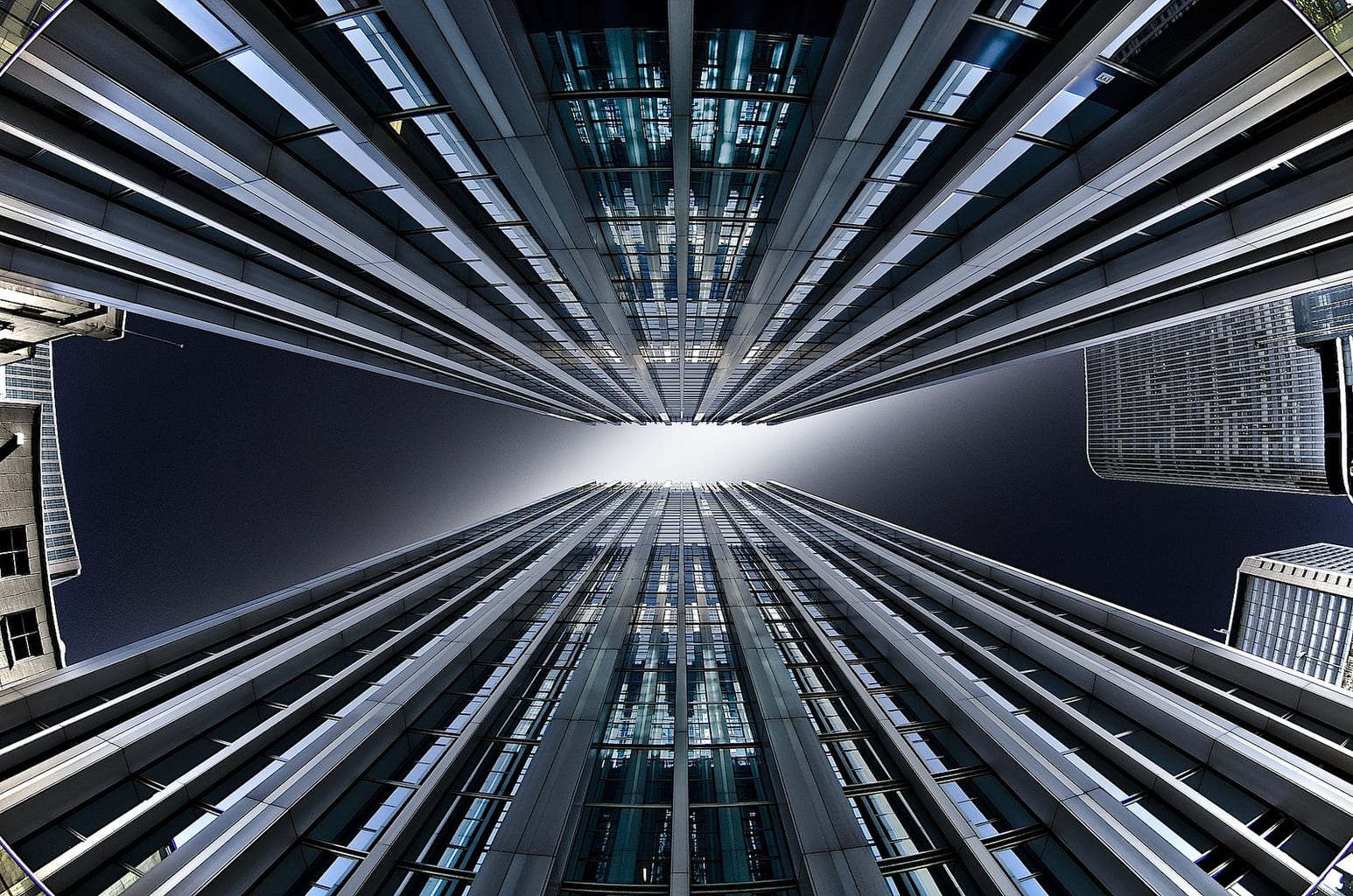
ADD MOVEMENT TO THE SCENE
Another way to add interest, strength and vitality to symmetrical images can be through movement, either from what we photograph or from what we can generate ourselves, with techniques such as zooming or panning .

PLAY WITH GEOMETRY
Many times the geometric shapes are a motif in itself and can function as a center of interest on their own, as in the following image, which plays with different shapes such as the circle (the most prominent) or different lines that lead us to the central point. of an image as if it were a target.

REFLEXES
They are a recurring classic in photography, so it is important to use them with something that in some way "justifies" the image. That is to say, it is not enough for the image to be perfectly symmetrical, probably with that you will only get one of these boring images that you hate so much. The image must be accompanied by something else that enhances the message and makes it interesting. It can be the light, the framing, the reason, the atmosphere or whatever you think is convenient.
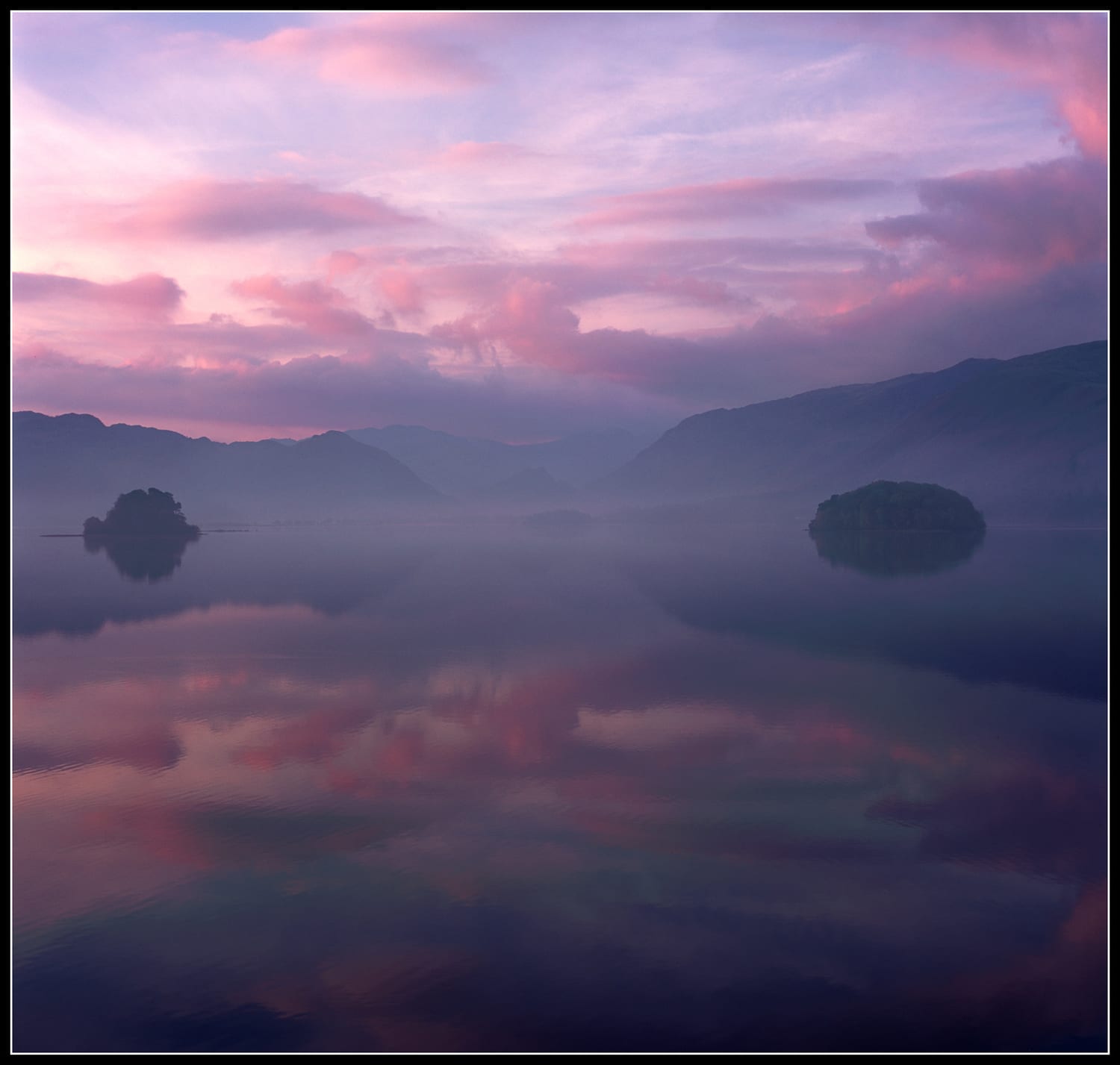
SPEND TIME COMPOSING THE IMAGE
This is a point that is always important, but the more formal the images we are going to work with, the more important it becomes if possible. It is always good to remember the most common composition rules and use them if necessary. Here I name some that can be useful to compose in symmetry.
- rule of thirds
- fill the frame
- law of the horizon
- Dare also with the vertical format
ADD A HUMAN ELEMENT
The human (and/or animal) element naturally adds interest to photography, as as living beings we tend to be drawn to what we unconsciously identify or empathize with. It doesn't matter if it's just a shadow, a foot or a bag in a corner. Anything that reminds us of the presence of a human being increases our interest in the image.
TELL A STORY
Do not forget that this is the essence of any photograph and it is very easy to lose sight of it when we look for compositions as formal as symmetrical ones. Remember that it is not only the form, it is the message; You must transmit something with your image, beyond that it is beautiful, well composed, correct light, etc.
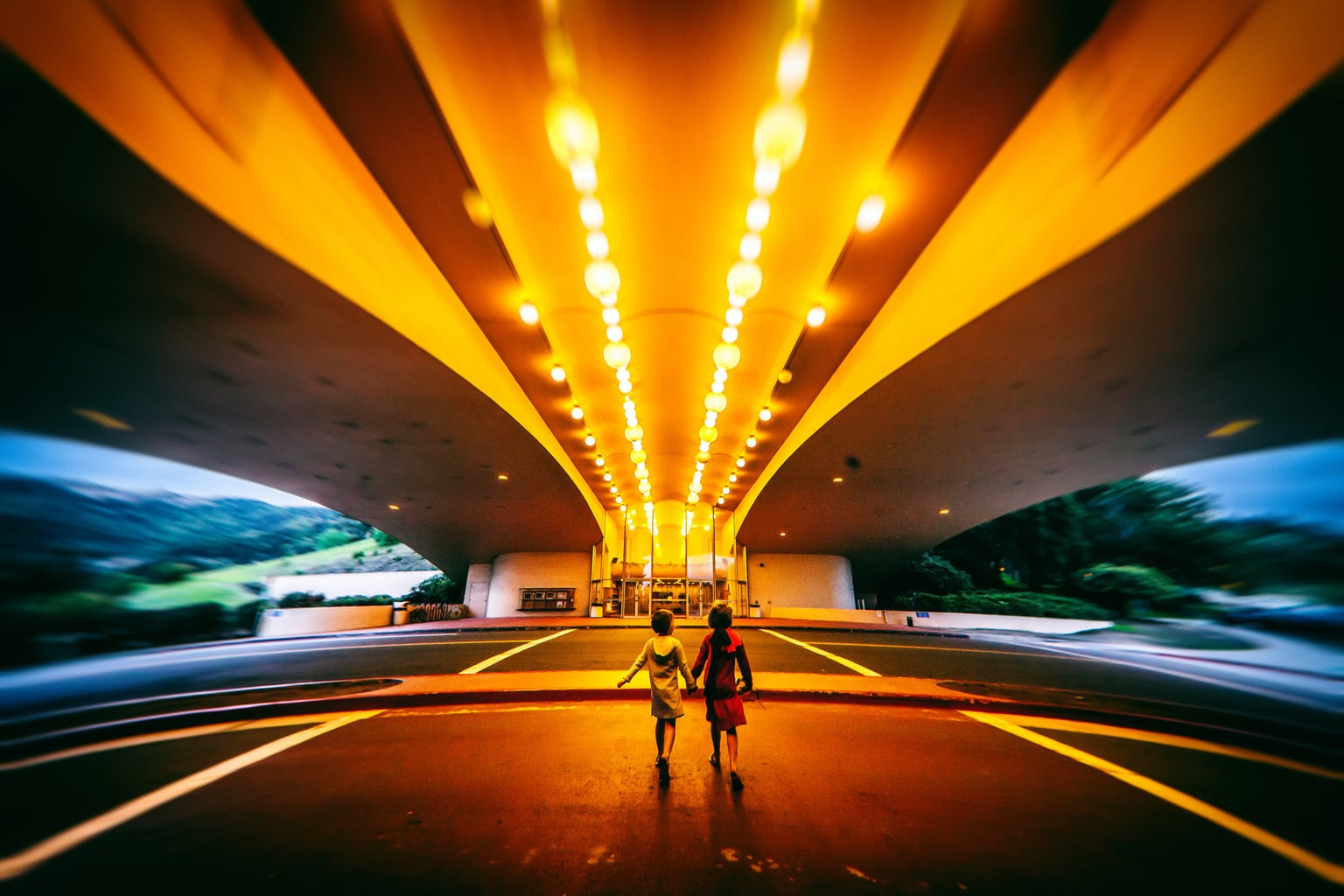
LOOK FOR INTERESTING POINTS OF VIEW
In photography, good casual images either don't exist, or occur very rarely. The more worked an image is, the better results you will have, the more thought, the more tests and modifications, in general, the better. Especially in the beginning, the more you practice and experiment, the more agility and ability to anticipate scenes you will have. To do this, and to avoid the boredom of certain compositions, it is best to experiment with different perspectives, angles and points of view. Remember that the same image with a simple change in point of view can drastically change the scene. A low point of view accentuates the vanishing lines, a high point of view dwarfs the sitter, and so on.
PATTERNS
Patterns can be very playful in symmetrical photography. You can find them in nature (butterflies, peacock tails, flowers...) or artificially. Patterns can help you add rhythm to images, and make them formally more attractive.
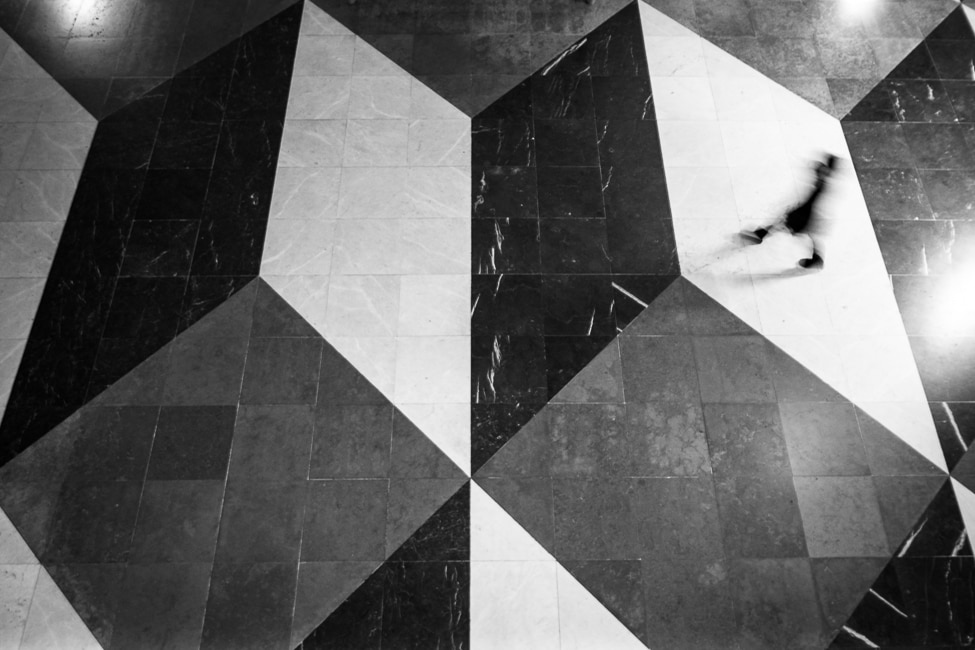
PPP: THINK, PREVIEW AND PATIENCE
Beyond technique, knowledge, etc., in photography it is key to think and anticipate the image. Let's take the previous image as an example. The photographer could simply have taken the image of the pattern that the lines of the ground create. However, that would have been a rather boring image. Instead, he decided to wait for a human element to appear to break that rhythm , that symmetry, which is also in motion and contrasts with the static ground.

